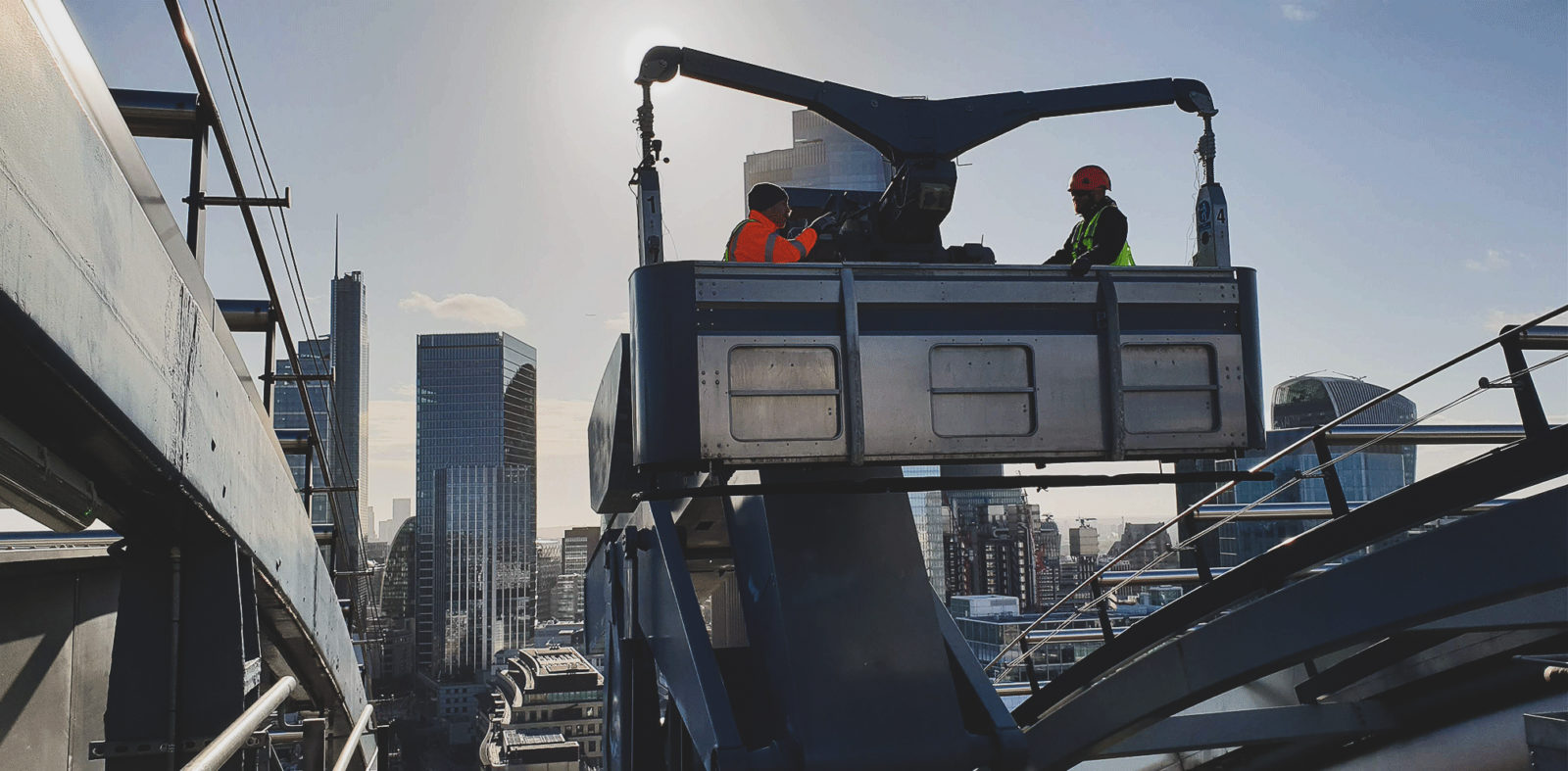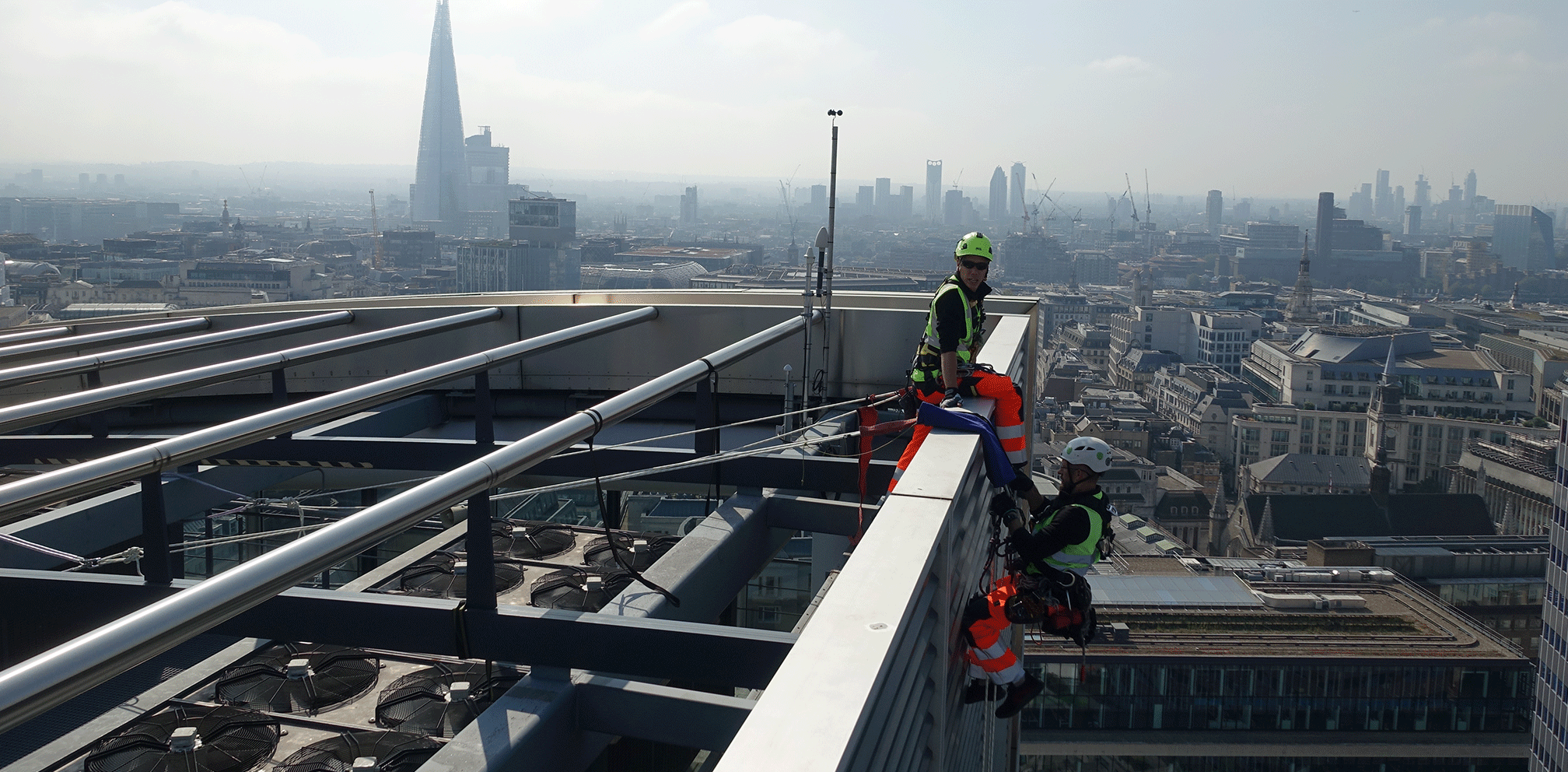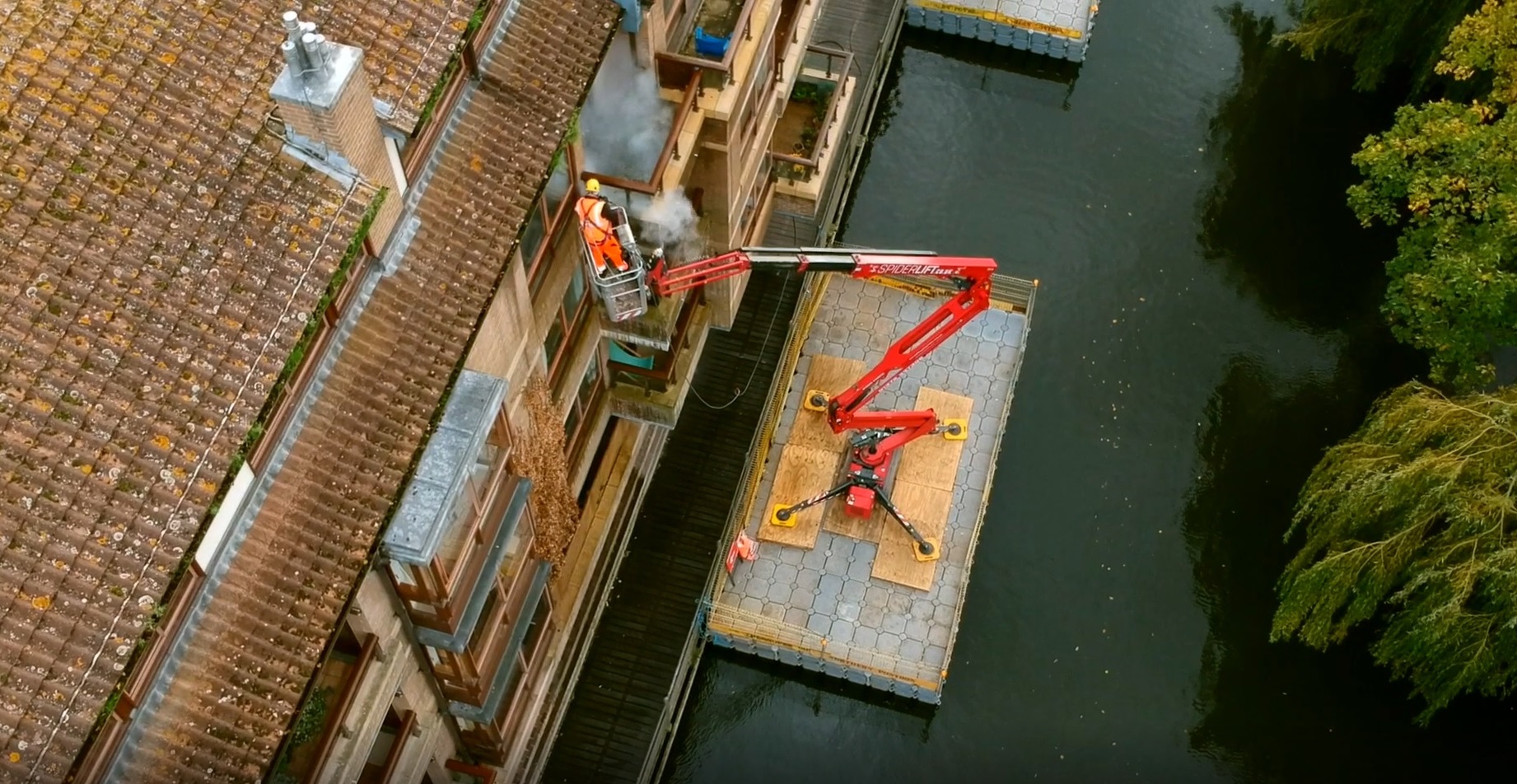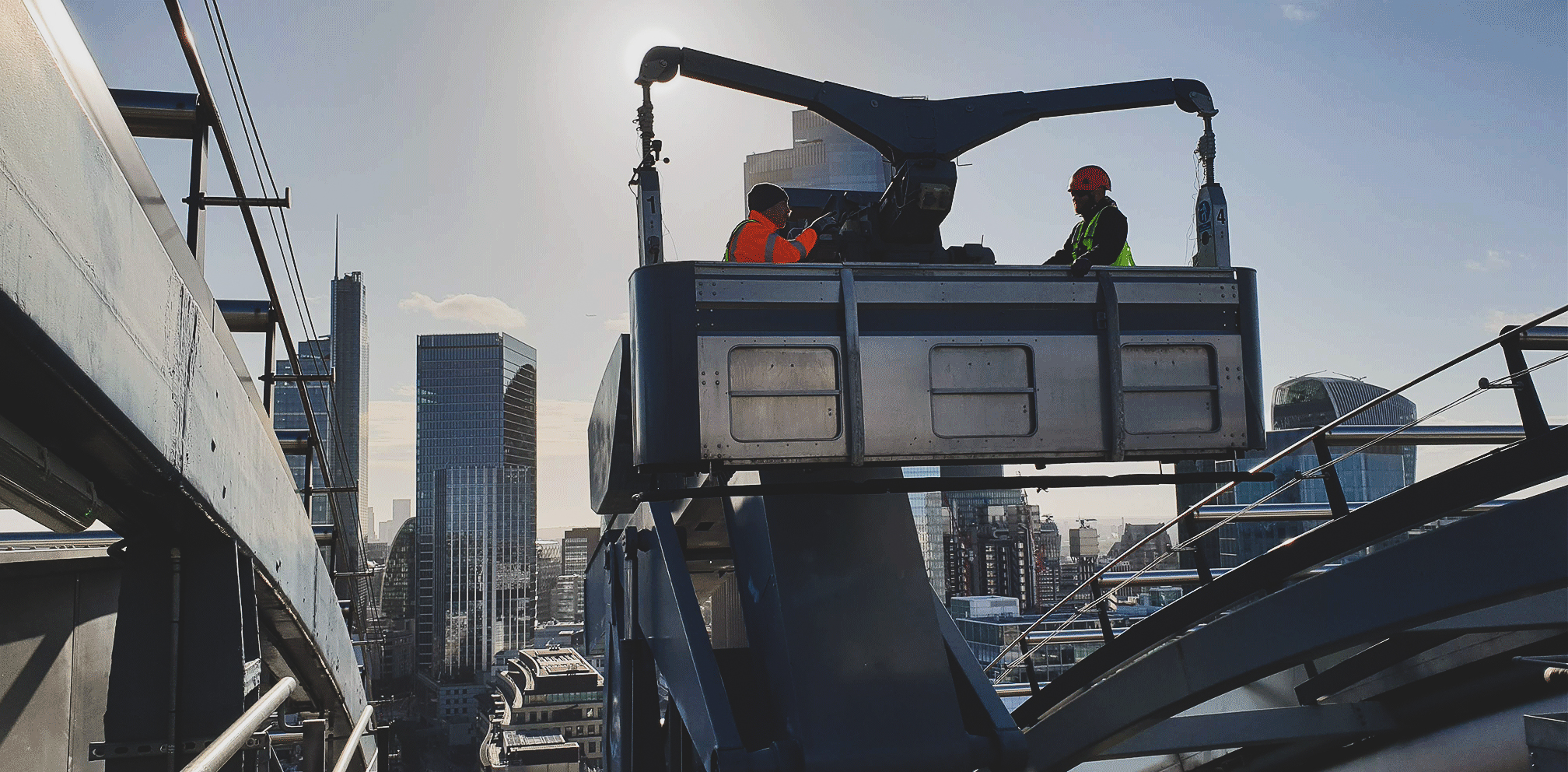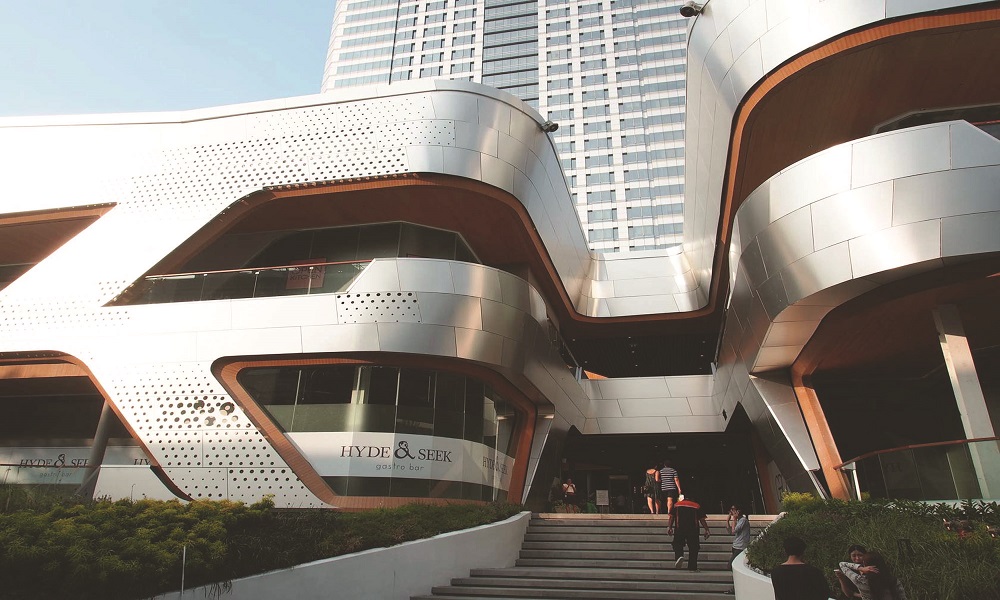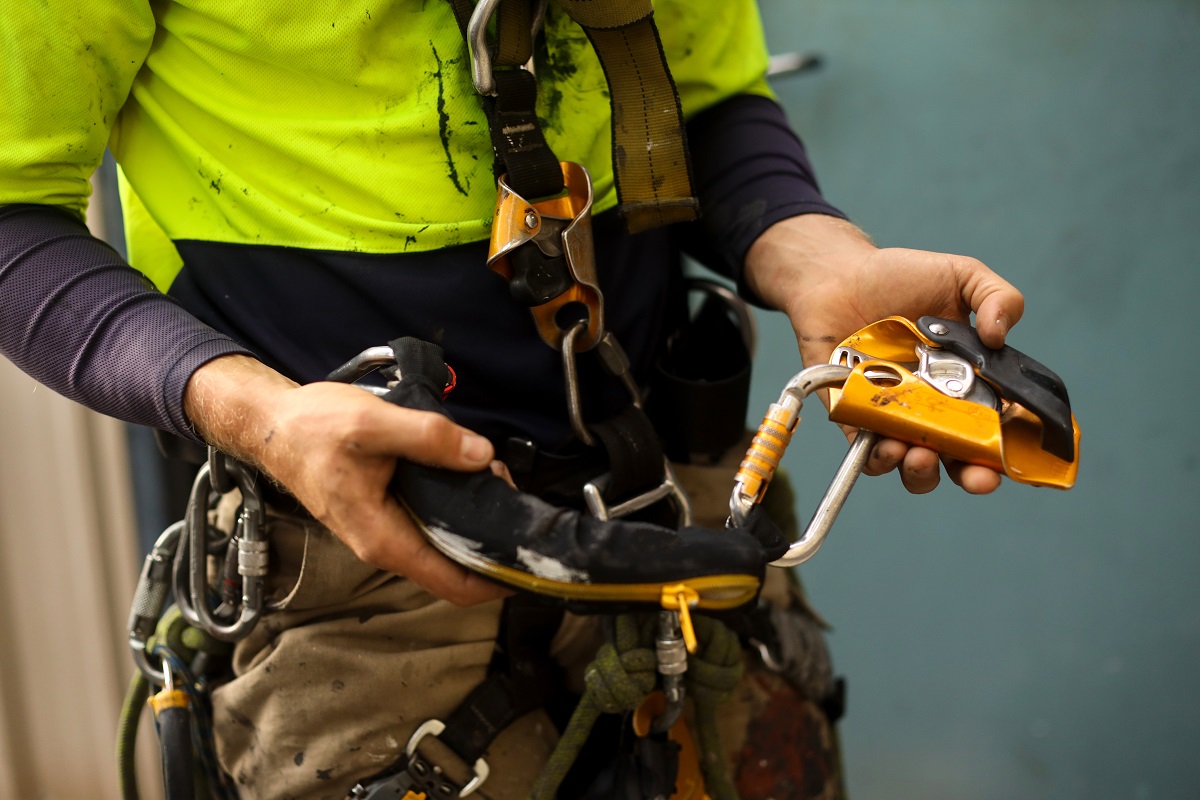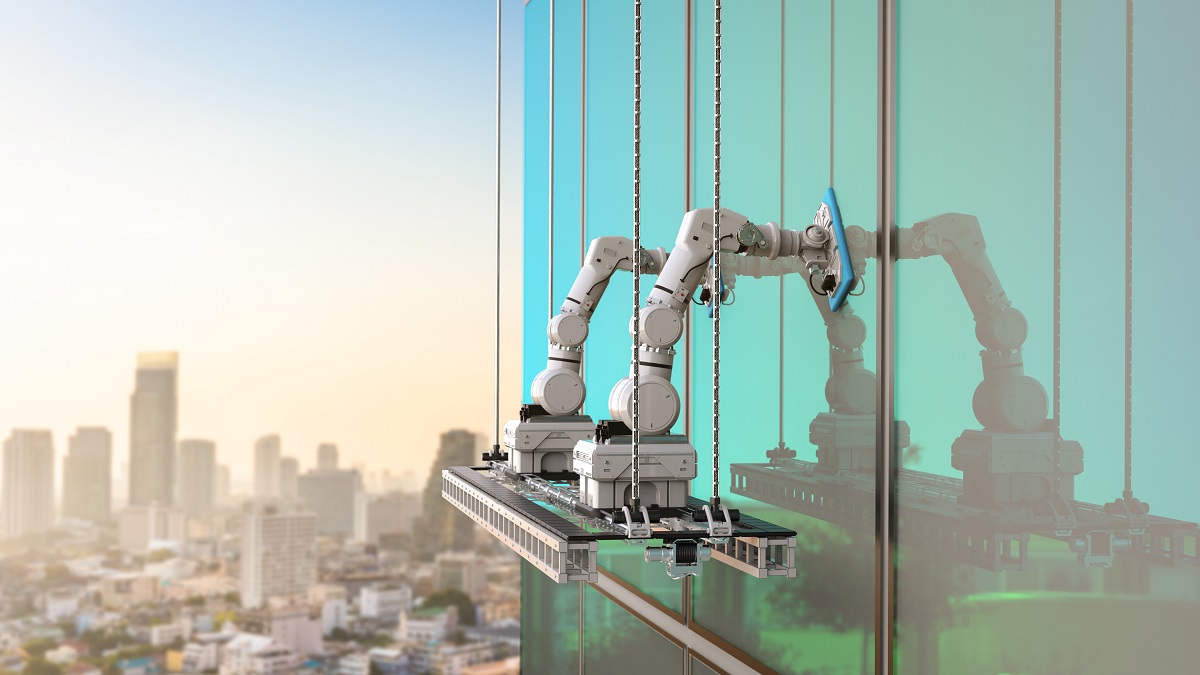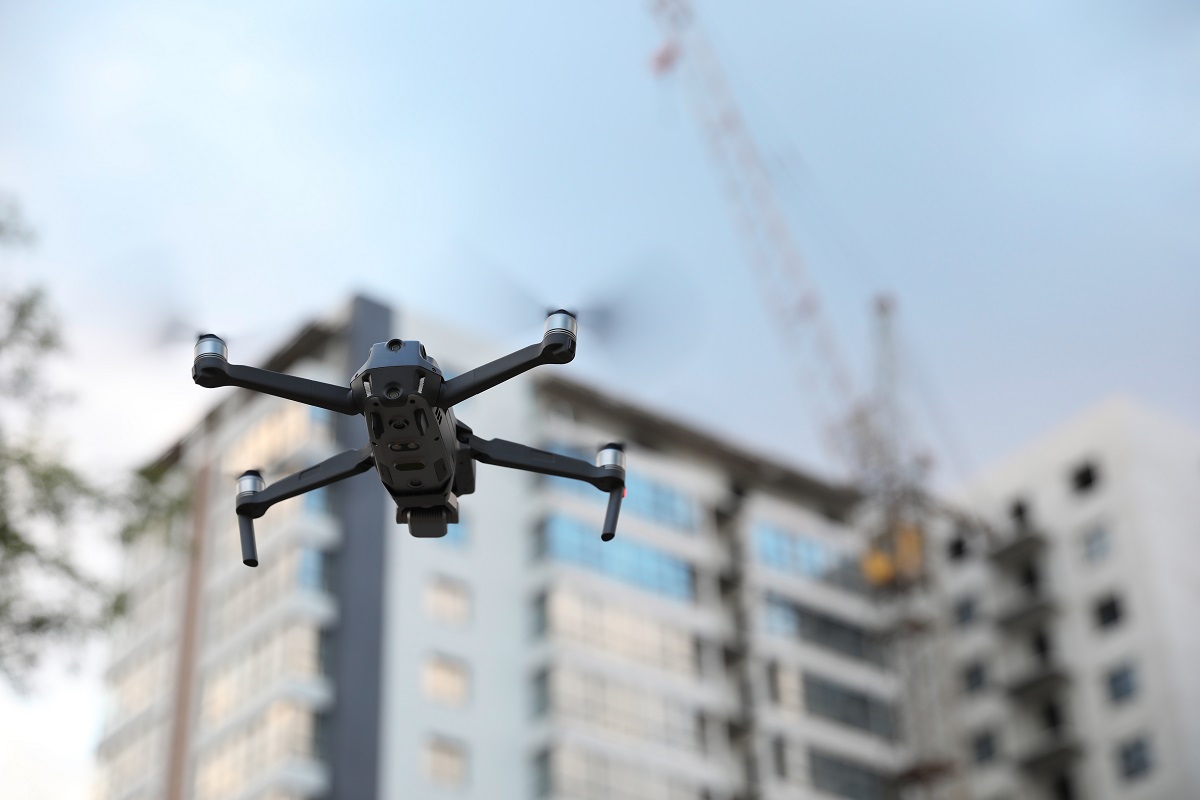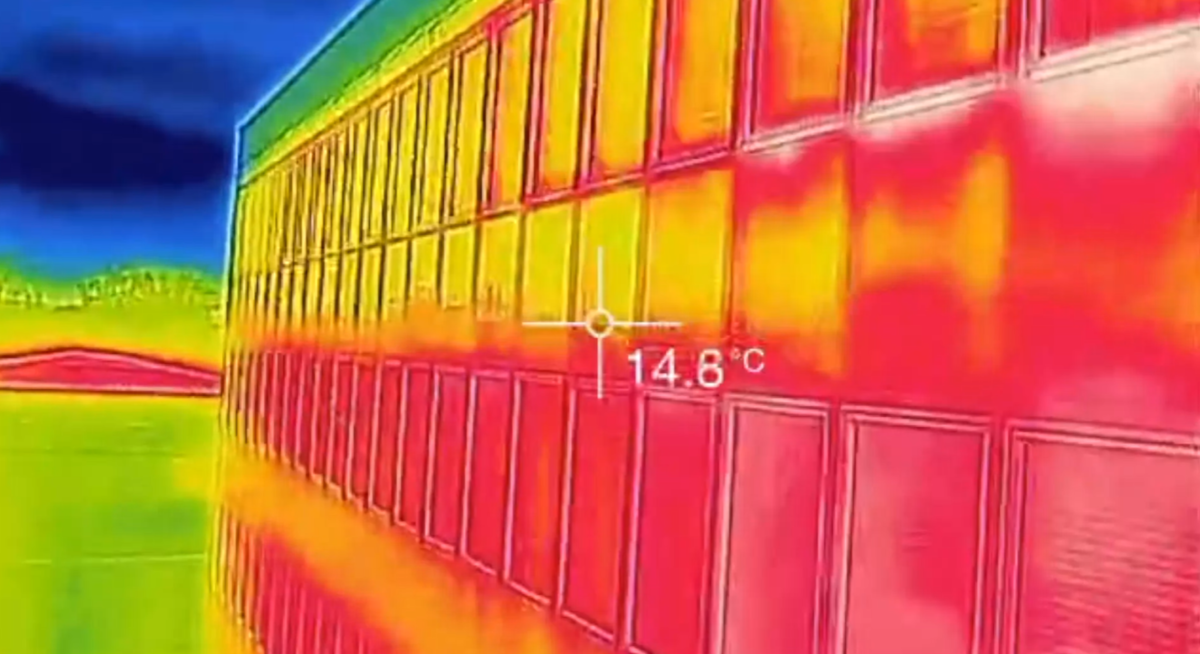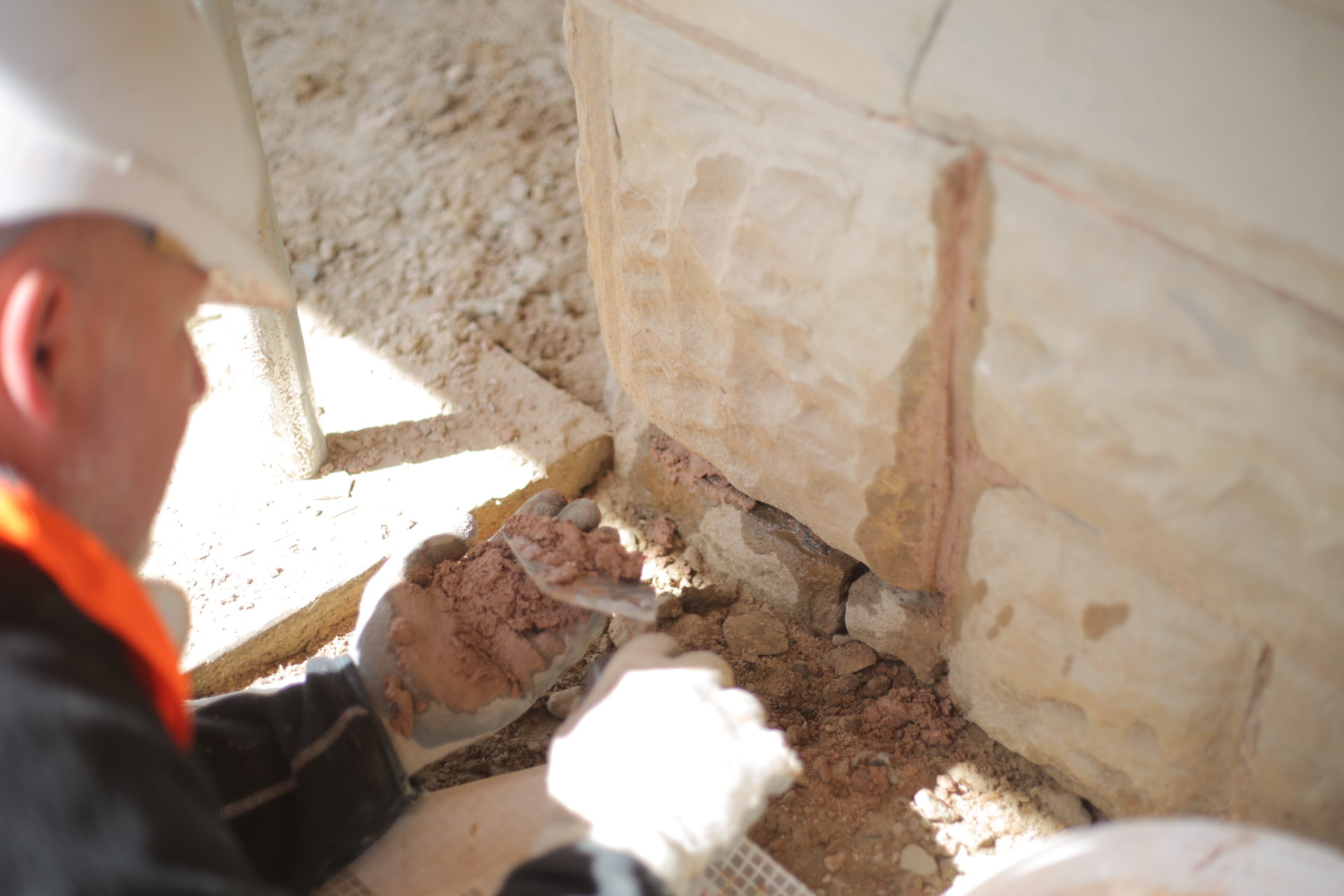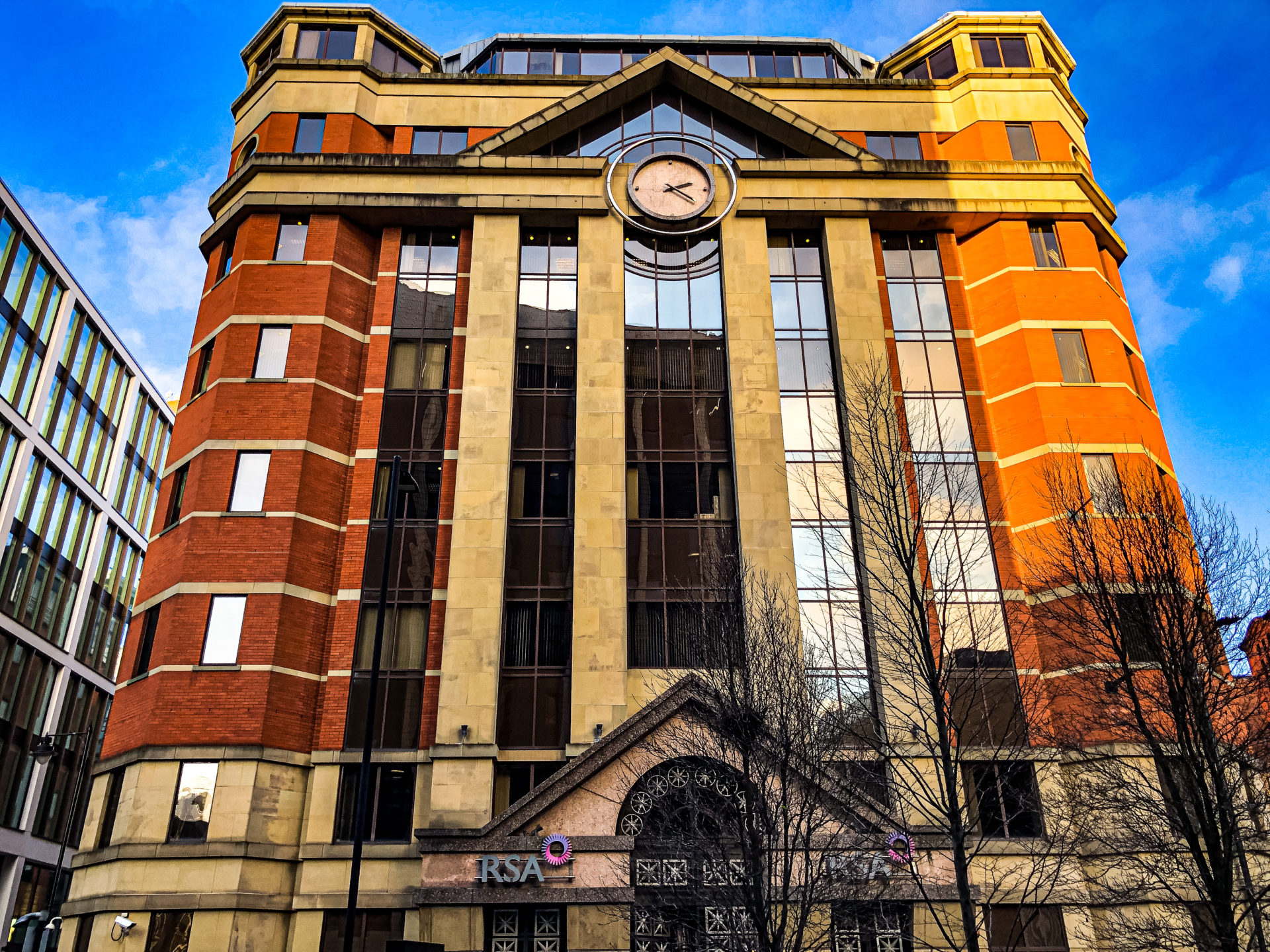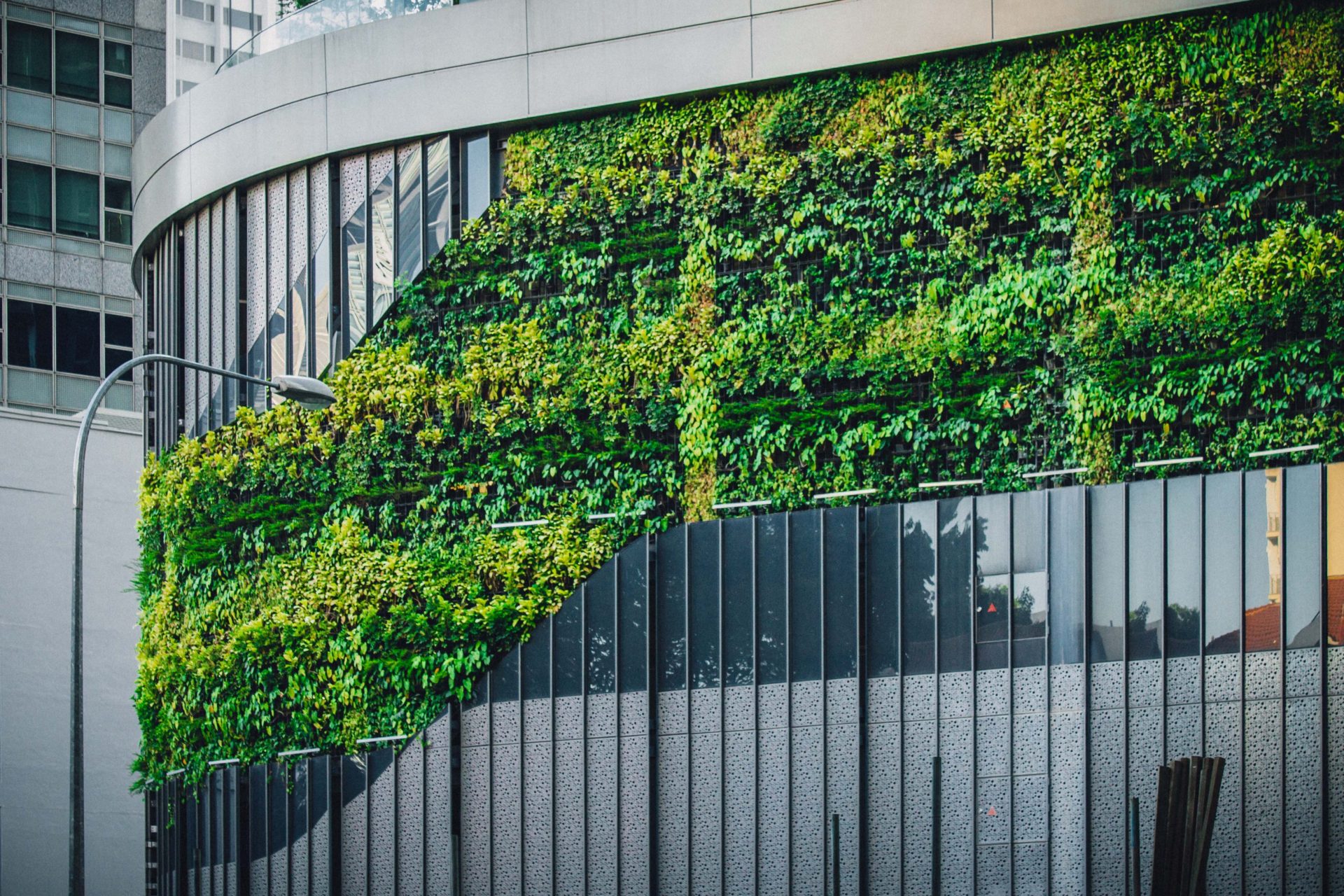Finding the right working at height building access solution to repair, restore and maintain your building can be difficult. Choosing the correct access solution will ensure that your building is properly maintained and difficult-to-access parts are not left to decay and fail. Ensuring your building is kept safe with no worries about sudden roof, façade, or gutter failure.
The right working at height access solution will ensure the project is delivered quicker. Equally as important, it also means the work will be less expensive as a result. The time saved in avoiding delays or not having to change aspects of work to suit the situation will make a beneficial difference to the bill. Choosing the wrong access system could add days or even weeks to a project. It makes sense to choose a specialist access and building maintenance company that can supply you with a solution tailored to your building.
As a priority, the correct access method is also the one which is safest for those carrying out the work at height, and the people in the surrounding area who may be affected. An initial selection will come down to the height, shape, or location of your building. Is it near a busy road, pedestrian route, or water? Even local health and safety guidelines can come into consideration and will determine which access system would be best.
So, what is involved in choosing the best building maintenance access solution? Well, you may be surprised at the detail.
- Understanding the design and structure of the building,
- The type of façade materials and the methods needed to restore them,
- Understanding project management,
- Health and Safety.
With buildings becoming increasingly elaborate these days in terms of design, it often involves specialist knowledge to minimise any potential impact on the fabric of the structure.
Why should you choose one of these access methods?
Building Maintenance is an essential part of caring for your building envelope. The external building envelope can fail from problems such as faulty design, poor construction, or lack of and previous poor maintenance. Small issues can quickly add up to a large scale and costly repair project. You could be looking at building closure, angry tenants, and having to replace materials rather than repair what is currently there.
Through the utilisation of different access methods, you can inspect, survey, document, repair, fix, stabilise or clean any sections of any building. With a properly maintained building, ROI, cashflows and overall spend are reduced over a 20 to 25-year period.
Building maintenance ensures your building is safe to be used and retains its external appearance. Of course, building maintenance cannot eliminate the overall ageing or weathering of a building, but it can substantially postpone the decline in its value.
What access solutions are available to you?
Rope access
Rope access involves abseiling on a personal pulley-type system where an individual is suspended from a fixed point. The rope access technician can then manoeuvre themselves up and down the rope, and the building, using the abseil system.
Rope access is particularly useful for buildings where access can prove difficult from the ground. Perhaps because the building is angular, awkwardly-shaped or has tight divisions and corners that otherwise would be impossible to reach. This form of self-propelled abseiling is quick, reasonably simple to set up, and incredibly efficient when it involves tall or difficult-to-access buildings. The method gives the rope technician more freedom to move around when they have reached their fixed point. There is no restriction as to how much they can stretch forward or sideways. Whereas someone would be in a metal cradle, for instance. The speed of this method is also useful when there is a limited time frame to work on the building. Perhaps because of last-minute works to match a clause in the rental agreement before the building is handed back. See our blog on the benefits of rope access for more.
Mobile Elevated Work Platform (MEWP)
A MEWP is a hydraulic or mechanical solution which involves using a lifting platform to reach particular points of the building. These are sturdy, effective, and safe when used correctly, for example, when a harness is attached. They are not overly expensive to use but increase in cost with the height you may need to reach. Provided there is ample space around the building for it to sit, a MEWP can work very well for building maintenance access.
However, they can only reach certain heights and so are not particularly ideal for tall buildings. They can prove disruptive, particularly if placed on a public path or more enclosed space.
Cradles and permanent access
It may be that your building already has a fixed access system for reaching some points of the building fabric. It could be in the form of a cradle on a monorail, for instance. Cradles are a basket-like contraption which suspends from a roof that can winch up and down. For the right building, they can be incredibly efficient and cost-effective. Most modern buildings, as tall as they are, come with a rigging system in place, either to attach a cradle to, or with a cradle already attached. A monorail is very similar, but it allows you to move vertically across a façade with greater ease than a cradle.
Summary
As you will no doubt have realised by now, no one access solution fits all buildings – even if they are the same type or consist of similar façade materials. And that is why you need to consult a specialist building maintenance provider to help you select the most appropriate and cost-effect access method to carry out your next building maintenance project.
From technical façade condition surveys, instructive testing, roof repairs, loose fabric removal, or leak detection, we have the proven track record to solve your building access and maintenance problems. Contact one of our technical experts today on 01234 964016.

